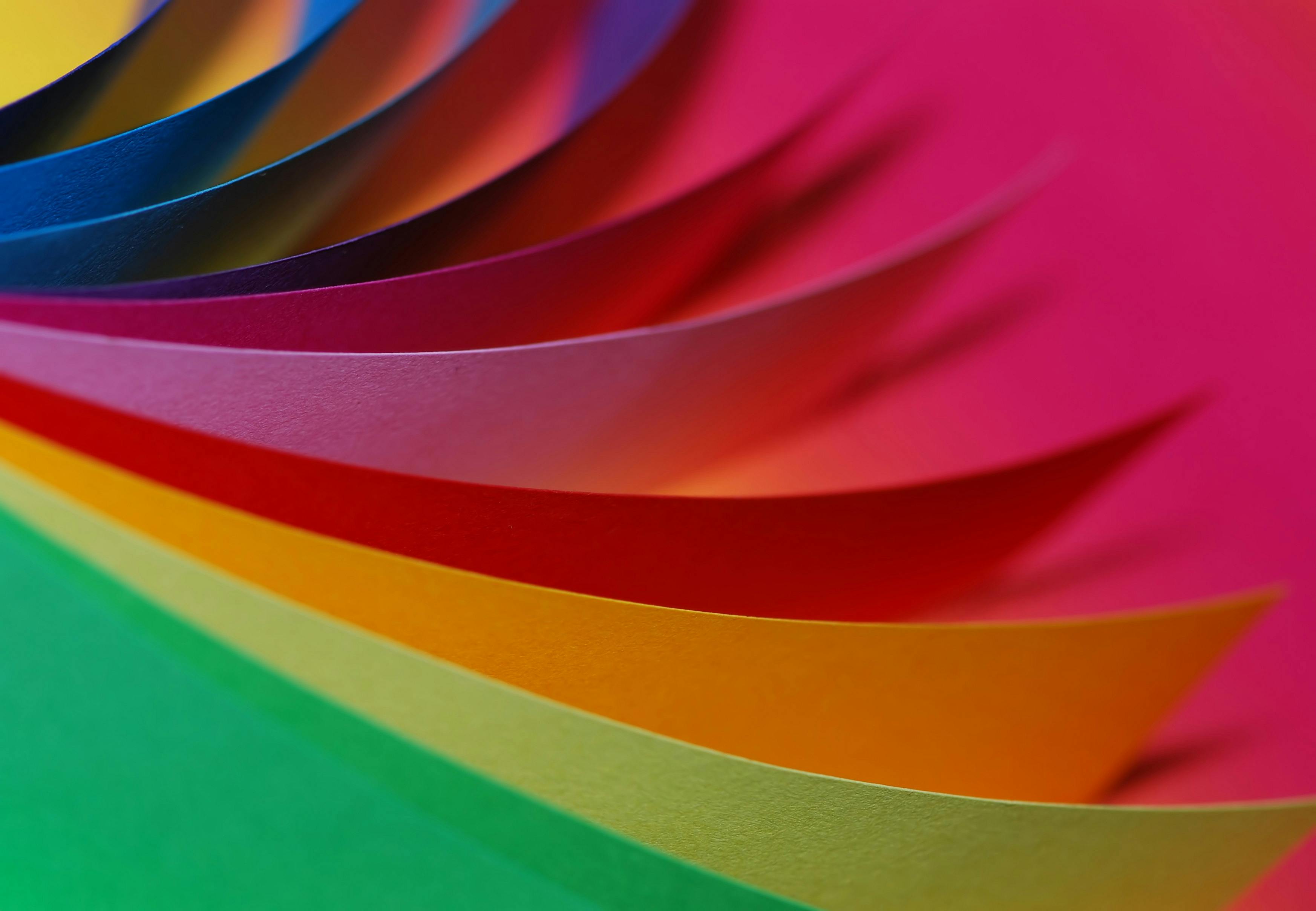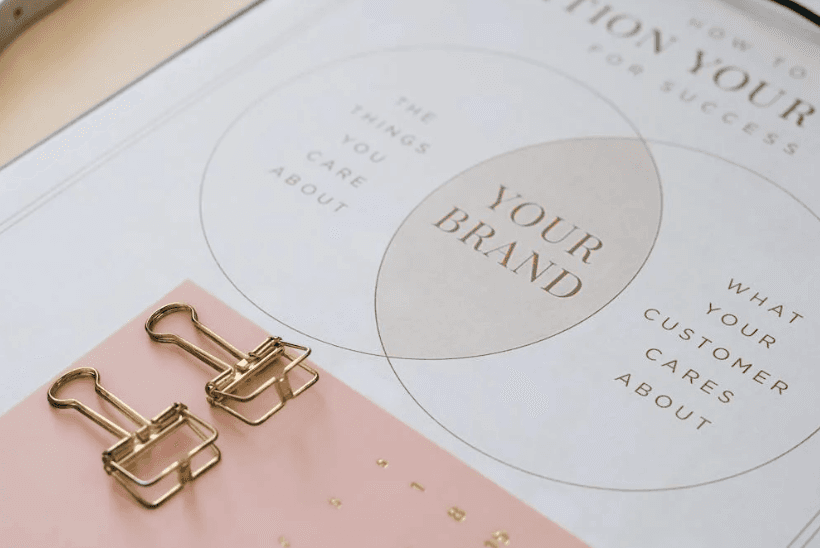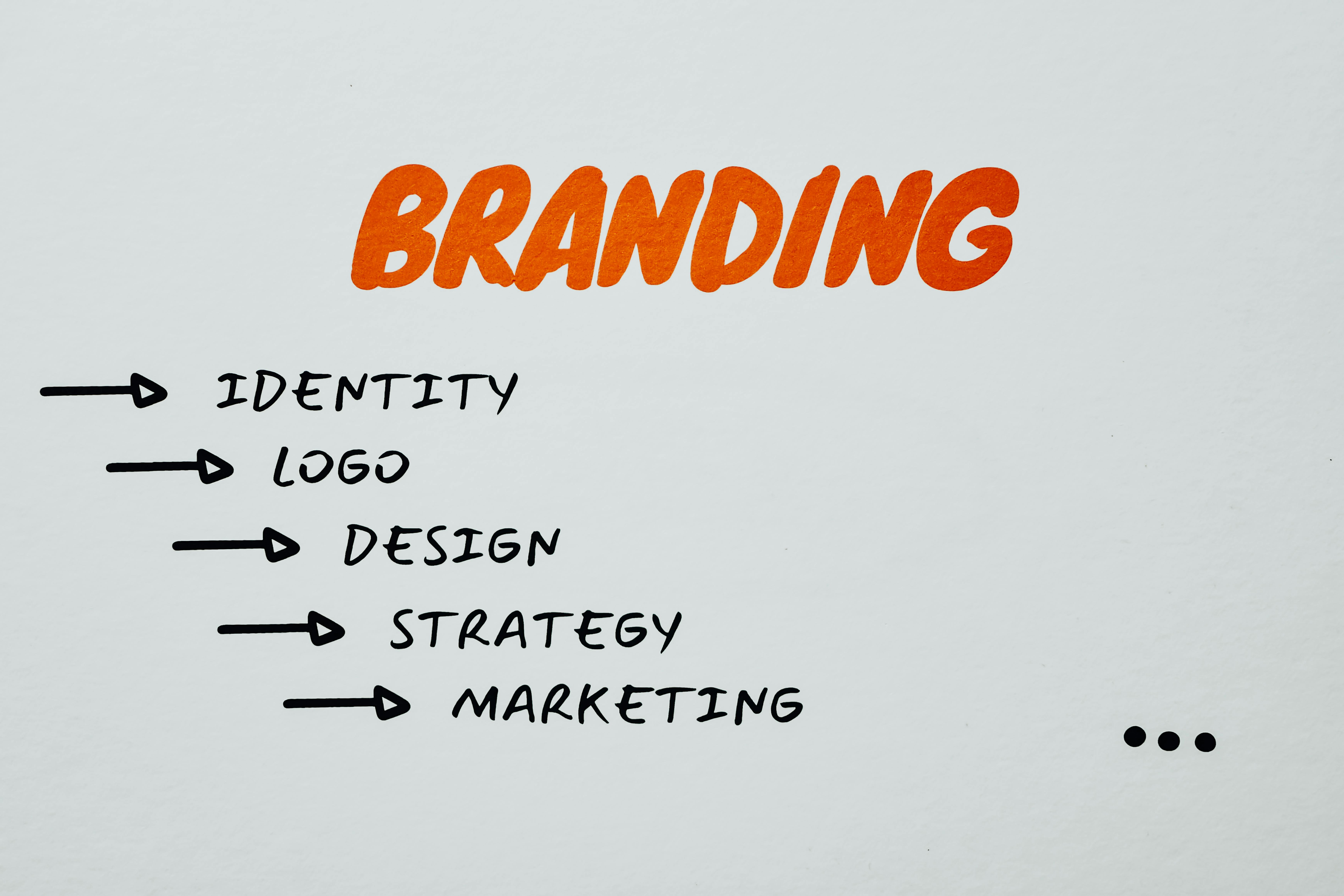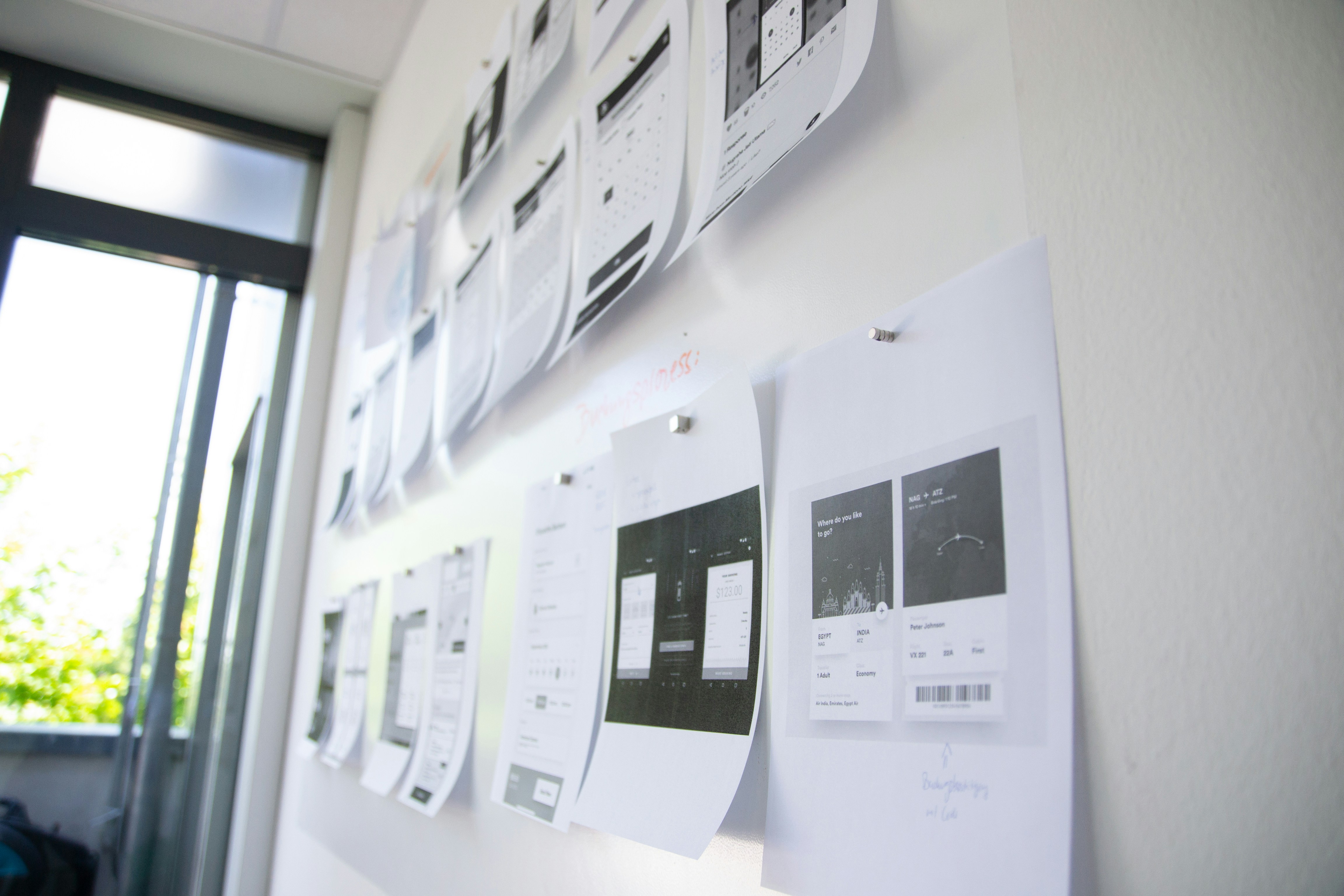
Branding
Strategy
Design
Basics
Psychology of Color
Nov 5, 2024
Color is an important tool in design. It evokes emotions, guides attention, and creates memorable experiences. Yet, using color effectively requires more than just picking shades that “look good.” It’s about understanding psychology, context, and how colors work together to tell a story.
Here’s how to use color effectively in design, with references and examples to inspire your work.
1. Understand the Psychology of Color
Colors have psychological effects that can shape how people perceive your brand or message. While interpretations can vary by culture, there are general trends:
Red: Associated with energy, passion, and urgency. Think of Coca-Cola’s dynamic red branding.
Blue: Conveys trust, calm, and professionalism. That’s why tech giants like Facebook and LinkedIn rely on blue.
Yellow: Sparks joy and optimism, seen in brands like McDonald’s and Snapchat.
Pro Tip: Match your color choices to the emotions or behaviors you want to evoke in your audience.
Reference: For an in-depth look at color psychology, check out The Interaction Design Foundation’s Guide.
2. Leverage Contrast and Hierarchy
Color contrast helps draw attention to key elements and improves readability. High-contrast designs can make calls-to-action pop, while low-contrast palettes create a softer, more harmonious look.
Example: Spotify’s app design uses a dark background with vibrant green accents, making navigation clear and their brand instantly recognizable.
Pro Tip: Use tools like the Adobe Color Contrast Checker to ensure your design is accessible to people with visual impairments.
3. Adopt a Cohesive Color Palette
A cohesive color palette creates a sense of unity in your design. Most successful brands stick to 2–4 core colors in their visual identity.
Example: Airbnb’s signature coral pink, soft blues, and neutrals form a welcoming and modern palette, reflecting their ethos of “belonging.”
How to Do It: Use tools like Coolors to generate harmonious color schemes, or look into the 60-30-10 rule:
60% dominant color
30% secondary color
10% accent color
4. Use Colors for Functionality, Not Just Aesthetics
Colors can enhance usability by indicating states or categories.
Green for success or approval
Yellow for warnings
Red for errors or urgent issues
Example: Google’s Material Design uses color strategically to convey meaning while maintaining consistency across its vast ecosystem.
5. Cultural Sensitivity in Color Choices
Color meanings differ across cultures. Red symbolizes luck in China but danger in Western cultures. White can mean purity in some places, mourning in others.
Pro Tip: If designing for a global audience, research cultural associations to avoid unintended missteps.
Reference: Read more about cultural color meanings in Smashing Magazine’s article on color theory.
6. Test and Iterate
Colors can appear differently on screens versus print or under varying lighting conditions. Always test your designs in their intended context.
Example: Netflix’s signature red appears bold and eye-catching on screens but required adjustment for their print materials to maintain its vibrancy.
Final Thoughts
Color is more than decoration; it’s a language that speaks directly to the audience. By understanding psychology, contrast, culture, and functionality, you can wield color to create designs that are both beautiful and effective.


